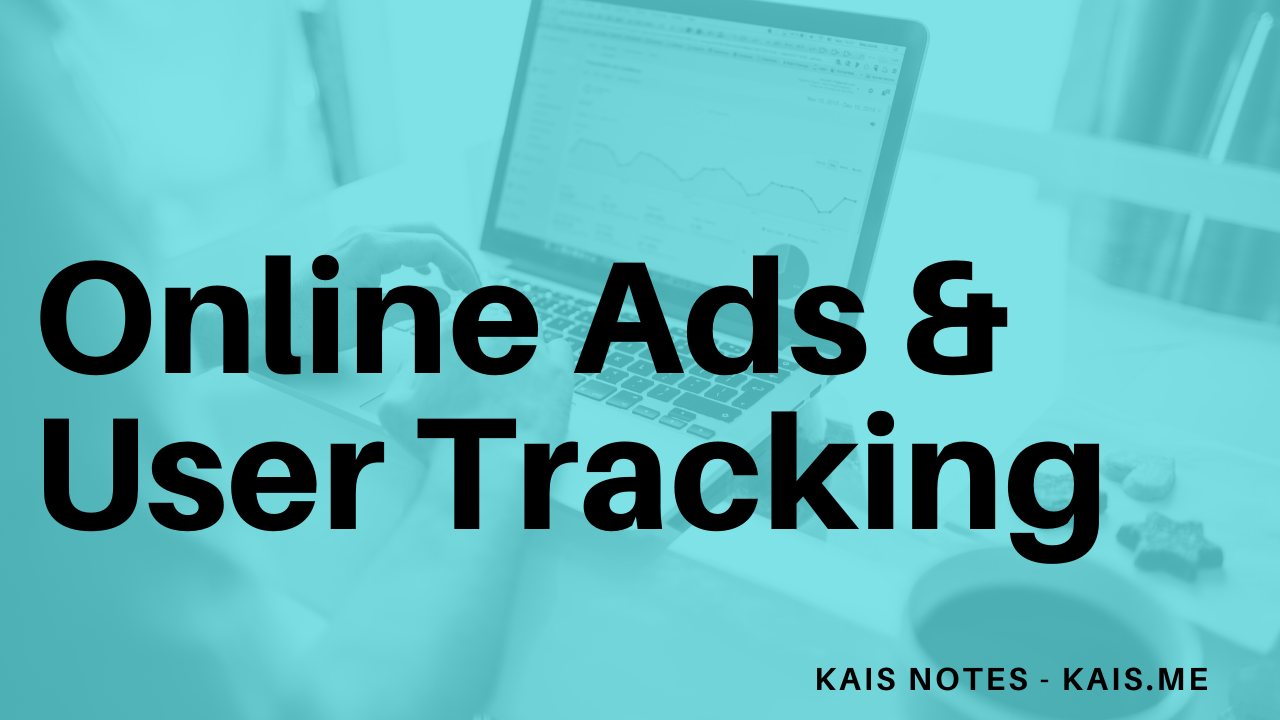While many companies still rely on traditional advertising approaches, such as TV ads, Newspaper ads, and billboards, many more companies are moving towards digital and online advertising to capture and target audience in real-time and steer them towards their brands and products. There are many types of online advertising, such as Display Ads; which are graphical ads offered by many ad serving companies such as Google, and Search Ads; which are text-based ads that appears to users when they search the web, especially on Google.com.
Programmatic ad is one type of ads that is based on buying, selling, and displaying ads using real-time bidding (RTB) systems. RTB system have many advantages, such as low cost and fast ad placements, but on the other hand advertisers have no control over where their ads are being placed, there is a risk of potential ad and click fraud, and those ads can be entirely blocked via ad blocking software installed on users’ web browsers.
Programmatic ads, similar to other types of online advertising, rely on tracking users and following them around the web in order to gather as much information as possible about each user in order to target them with ads that are relevant to them. Tracking can happen via Computer Cookies, which are small pieces of data that gets passed back and forth between a website and the user’s web browser, and then gets stored locally on the user’s machine for later use by that website. There are many other uses for computer cookies such as storing user preferences and settings, but it is mostly used and stored for advertising purposes that can be referenced later for ad targeting.
There are many websites around the Internet that track users wherever they go, such as Google and Facebook. In fact, Google stores their users’ search history forever along with other information such as the videos they watched on YouTube, track their locations if they use Android smartphone, as well as their emails especially if they use Gmail. All these data points can be used to build an advertising profile about their users and target them later with ads tailored towards them specifically.
There are many ways to prevent user tracking; one of them is to disable ad tracking on web browsers such as Chrome or use different web browsers with better users’ privacy settings such as Safari. Also, instead of using Google for searching the web, users can use different private search engines such as DuckDuckGo.com, which doesn’t track users’ web searches and also blocks ad-trackers on other websites. Unfortunately, Google and Facebook are not the only ones who are tracking their users across the Internet. Internet Service Providers (ISP), such as Comcast and AT&T, are tracking their users’ web browsing activities and are able to sell that data to advertisers for ad targeting.
